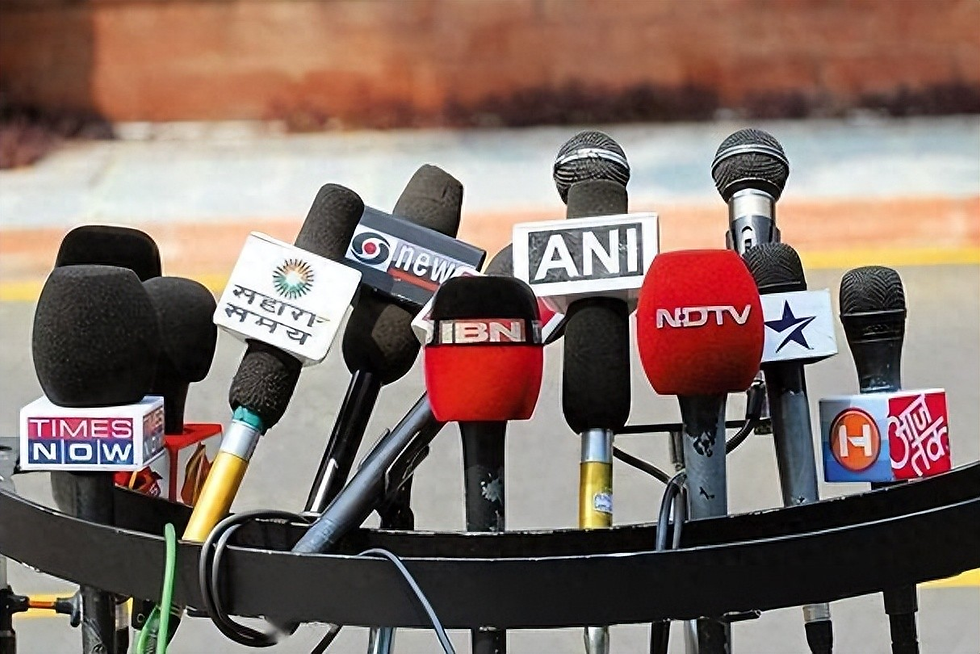The failed new capital of Myanmar: the fourth largest in the world in terms of area, still a ghost city after 15 years of construction!
- CosDream News

- Apr 22, 2024
- 5 min read
Updated: Jun 14, 2024
Naypyidaw means "royal capital" in Burmese, so when Xindu was still a patch of wild grass, the military government had already erected sculptures of three former kings here.
It can also be said that the Burmese military government had long been planning to relocate the capital.
The reason for relocating the capital, apart from the only announcement of "preventing invasion", has been kept silent by the Myanmar military government since then.
It should be noted that Naypyidaw was still barren before the capital was relocated, and compared to Myanmar's largest city, former capital Yangon, and second largest city Mandalay, it had no advantage at all, and even the most basic agriculture had not taken shape. Therefore, media from various countries insist that Myanmar's choice of a new capital in such a place is likely due to receiving news of some Western intentions to invade Myanmar.
Because Yangon is the only metropolis in Myanmar with a population of 5 million, it is also the largest and most important commercial and economic center in Myanmar. Its religious and cultural history is also quite long, and the capital has a history of over 600 years. Although Mandalay has a population of less than two million, it is the location of the palace of Myanmar's last dynasty and has always been regarded as a symbol of the country by Burmese people. Therefore, there is a saying that "Upper Myanmar is in Mandalay, and Lower Myanmar is in Yangon.".
Abandoning these two metropolises that combine economic, commercial, and historical heritage, and spending $5 billion to build a new capital in a deserted canyon, is it really just because Yangon is close to the coast and easily invaded? I'm afraid there's another reason!
Geographically speaking, Yangon's proximity to the coastline does not meet the most important security indicators for the capital, and since the 21st century, Yangon has gradually transformed into a tourist city with mixed personnel and limited space. If the capital continues to be established, it is difficult to ensure that it is not invaded, and even infiltration by Western intelligence personnel cannot be avoided.
Although Mandalay is far inland, its population and ethnic structure are very unique. It is said that 300000 people from Yunnan and Sichuan migrated to Mandalay in the 1990s, which resulted in a lower proportion of Burmese culture in Mandalay compared to Chinese culture. In addition, the original warlord regime and civilian armed forces clearly do not make it the best new capital site.
Regardless of the reasons, Myanmar ultimately advanced the construction of Naypyidaw, expanding its planned area from the initial 1500 square kilometers to the current 7054 square kilometers, ranking fourth in the world after Beijing in China, Kinshasa in the Congo, and Abuja in Niger.
Different from the first three capitals, Naypyidaw has grown out of nothing. With such a large area of land set aside, the available planning space is undoubtedly unprecedented. In addition to the specially set aside residential areas, work areas, military areas and diplomatic areas, there are also special areas and plots for hotels, entertainment, shopping and sports.
It is interesting that the Burmese military government uses colors to distinguish the newly built 1200 apartment buildings, such as blue roofs for employees of the Ministry of Health and the Ministry of Education, green roofs for the Ministry of Agriculture and the Ministry of Industry, and red roofs for military and police residences.
In order to highlight the religious atmosphere of the new capital, a new "Peace Pagoda" was built in Naypyidaw. The original design height was much higher than the 112 meters of the Yangon Pagoda, reaching 188 meters. However, it was strongly opposed by major monks in Myanmar and eventually changed to 111.7 meters.
Although the Burmese government vigorously promotes this "Peace Pagoda", in Myanmar, where Buddhist culture is deeply rooted, not only do high monks refuse to come to the abbot, but even ordinary believers are not interested in paying homage. It has become the largest invested and most prosperous temple in Myanmar, with an average daily reception of less than a hundred people.
In the first ten years of moving to the new city, the Myanmar government did not vigorously promote the layout of the new city. Instead, they gradually relocated the families of senior military and political officials, as well as various departments and functional institutions such as diplomatic consulates. The vast majority of the area is still strictly restricted and controlled, so even Burmese people do not know what the new capital will look like.
It was not until a British journalist's report "The Real Naypyidaw - Entering the Ghostly Capital of Myanmar" was revealed in 2017 that people learned that the new capital, which cost 5 billion US dollars to build, has now become an empty city. The nearly one million new immigrants publicly advertised are actually mostly nominal residents, and even the government seat, which is as luxurious as a palace, has a space utilization rate of less than 1%.
The vacancy rate of housing in Naypyidaw is so high that foreign media cannot imagine it, even Burmese people have not thought about it. It turns out that their own country also has a two-way 20 lane "super highway". Compared to the congestion in Yangon day and night, this place is simply a world of difference.
This is a very unique experience, even though it is a capital city with advanced planning and stunning spacious roads, there are only scattered vehicles passing through.
A local Chinese smiled and said, "The busiest people in Naypyidaw are not government officials or presidents, but sanitation workers.".
In such a large city, the original plan had 1000 sanitation workers and 200 landscaping workers, but now there are less than 50 sanitation workers, and the number of personnel responsible for landscaping has been reduced by 90%. Fortunately, the flow of people and vehicles is very low, and most roads and vacant buildings do not need to be cleaned every day. However, even so, their daily working hours are basically more than 12 hours, making them jokingly known as the "busiest group in the capital".
The reason why Naypyidaw is considered the most failed capital is because the actual investment was much higher than expected (expected investment of 4 billion US dollars, actual investment of 5 billion US dollars), and the newly built capital not only failed to bring economic and infrastructure improvement to the surrounding areas, but also dragged down the first batch of merchants and residents who settled in.
According to the planned location, we conducted an on-site inspection of the commercial street and residential area in Naypyidaw. The occupancy rate of residential buildings was unbelievably low, with some locals saying it was less than 5%, while others said it was actually less than 1000 households. The commercial street only had a few scattered shops operating, and the shopping malls, stores, and business halls were already empty. Even the market had only a few vendors setting up stalls.
When I returned to Yangon, I had an inexplicable illusion that the old city of Yangon was what the human world should be like. Although it was slightly crowded and dirty, it was better than the spacious and quiet "ghost city" of Naypyidaw.











Comments